A summary of what happened at the controversial October 5-19 Synod on the Family, including the complete texts of the final document, and of the Pope’s final remarks.
There were many dramatic and fascinating moments at the Bishops’ Synod (October 5-19). But two “revelatory moments” stand out.
The first concerns Cardinal Peter Erdo and Archbishop Bruno Forte. The second concerns Pope Francis and the one occasion that he spoke during the Synod — his final, closing discourse.
Let’s take the first moment. Something odd, unexpected — something “unscripted” — occurred at the end of the important Vatican press conference on Monday, October 13. Something worth noting.
This was the press conference at which the preliminary Synod report was presented. This was, as it were, the dramatic “heart” of this Synod — the moment when it exploded into controversy. It was the presentation to the public of the so-called Relatio post disceptationem, or “Report after debate” — the Report that summarized all that had been said by the bishops during the first week of the Synod.
It was this report which instantly became so controversial, especially because of the language chosen to describe what the Church’s attitude should be toward homosexuality and homosexual couples.
It was this report which was “amended” during the second week of the Synod, due to the protests of many bishops, issuing in the final, revised statement and the voted propositions.
Picture the dramatic scene: a packed press room, hundreds of journalists from around the world, dozens of television cameras rolling…
In the front, three cardinals, Cardinal Peter Erdo, Archbishop of Esztergom-Budapest, Hungary, the General Relator of the Synod (and so the editor of this document); Cardinal Luis Antonio Tagle, Archbishop of Manila, the capital of the Philippines; Cardinal Ricardo Ezzati Andrello, Archbishop of Santiago, Chile; and with them, Archbishop Bruno Forte of Chieti-Vasto in central Italy, the Synod’s special secretary. Also present, the Director of the Press Office, Father Federico Lombardi, S.J.
For more than one hour the press conference rolled forward.
The text was presented. Each of the prelates spoke, Erdo in Italian, Ezzati Andrello in Spanish, Tagle in English, and Forte in Italian. Then the journalists began to ask their questions.
Most focused on the two great “vexed questions”: (1) the possibility of admitting, under certain circumstances, the divorced and remarried to Communion; and (2) the three paragraphs toward the end of the report, Paragraphs 50, 51, and 52, entitled “Welcoming homosexual persons.”
Those paragraphs stated, in part: “Homosexuals have gifts and qualities to offer to the Christian community.” And they asked: “Are our communities capable of providing [them a welcoming home], accepting and valuing their sexual orientation, without compromising Catholic doctrine on the family and matrimony?”
Midway through the press conference, American Catholic Michael Voris of ChurchMilitant.TV challenged the prelates on this section. “Are the Synod Fathers proposing that ‘gifts and qualities’ flow from the sexual orientation of homosexuality?” he asked. “Is the Synod proposing that there is something innate in the homosexual orientation that transcends and uplifts the Catholic Church, the Christian community, and if so, what would those particular gifts be?”
In response, Archbishop Forte said: “I guess that what I want to express is that we must respect the dignity of every person, and the fact to be homosexual doesn’t mean that this dignity must be not recognized and promoted… I think it is the most important point, and also the attitude of the Church to welcome persons who have homosexual orientation is based on the dignity of the person they are.”
At this point, one thing was still not clear: How, in fact, had the document been stitched together? It had occurred very quickly, over the weekend. Who had actually drafted it? Had it been Erdo himself, alone? Or had Erdo relied on others to draft certain sections? How had it worked? In other words, to what extent did these passages truly express the “sense of the Synod,” the general consensus? Was it possible that they represented only the sense of one editor? Or of just a few? And if so, which one, or which few?
This “procedural” question never came up at all during the press conference. No one asked. It was, evidently, simply “assumed” that the entire text was the product of a “group mind,” the group of editors who, under Erdo’s direction, had written the text — without any particular individual bias. But this assumption was brought into question by what happened next. One hour, six minutes and 15 seconds into the press conference, and just three minutes before the end, something unexpected happened.
Cardinal Erdo was asked to answer the very last question of the press conference. The question was about Paragraph 52 and whether the language there signified a shift in the Church’s attitude toward homosexual unions and their acceptance in society. (Here is Paragraph 52: “Without denying the moral problems connected to homosexual unions it has to be noted that there are cases in which mutual aid to the point of sacrifice constitutes a precious support in the life of the partners. Furthermore, the Church pays special attention to the children who live with couples of the same gender, emphasizing that the needs and rights of the little ones must always be given priority.”)
Father Lombardi gestured toward Erdo to answer, but Erdo declined to answer the question. Then he did more.
Erdo gestured toward Archbishop Forte, and, almost as an aside, smiling broadly, said: “Quello che ha redatto il brano deve sapere cosa significa.” (“He who drafted that passage ought to know what it means.”) In other words: that Forte had drafted those passages, and ought to answer the journalist’s question.
At this precise moment, we understood something that we had not understood before, something that the Synod’s proceedings and the press conference had not revealed. We understood that Forte was “responsible” for those three paragraphs which were then inserted into the text Erdo edited.
Forte then answered the question. He said that the text is quite clear in stating that the Church does not agree that the same terminology may be used to describe the union of a man and a woman in marriage and the union of two people of the same gender in a relationship. “The Church does not believe that the same term ‘family’ can be used to refer indifferently both to a union between a man and a woman that is open to procreation and to a same-gender union,” he said.
But he added: “Having said this, it seems obvious to me that human persons involved in different experiences have rights that must be protected. Therefore, the issue here is not of equating the two in all senses, including in terminological terms. But naturally, this does not mean that we should rule out looking for a way to guarantee the rights of people living in same-gender unions. It is a question — I believe — of civilization and of respect for the dignity of persons.”
Erdo then decided to add a few words of clarification. His words were in some ways prophetic.
What he said describes almost perfectly what would come to pass in the second week of the Synod: the passage would be reviewed, and redrafted.
So, in a sense, Erdo already knew what would happen during the second week of Synod proceedings. In other words, he knew already that these controversial passages were inadequate, and would need revision — despite the fact that he had just presented them.
“One could add,” Erdo said, “that, even during the free discussion, this theme emerged, and some said it seemed that something was lacking in these paragraphs — even though at one point there is a mention — a more precise reference also to the fact that there are also disordered forms of living together.”
Erdo said that during the upcoming week it would be necessary to integrate this truth about the “disordered” nature of some forms of living together with the positive elements mentioned in Paragraphs 50, 51 and 52. And that is precisely what happened during the second week of the Synod.
In short, at this Synod, an imperfect text was drafted, included in a Synodal document, published in that imperfect form, and then, amended.
And, when Pope Francis summed up the Synod in his final address to participants — the only time he spoke during the two weeks — he described how this could have occurred, as the Synod Fathers struggled to deal with pastoral problems which affect many. We include the entire text of that talk at the end of this dossier.


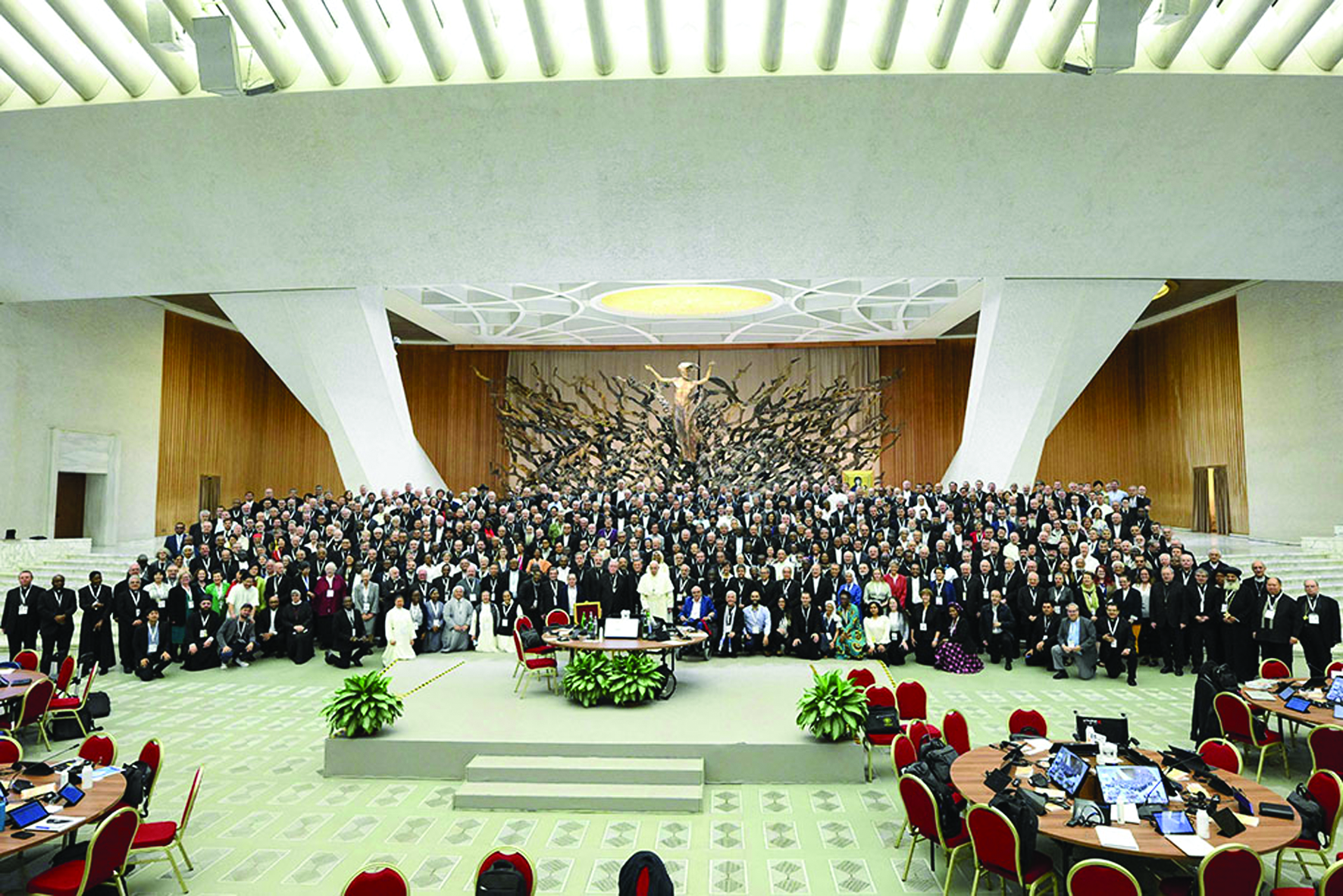
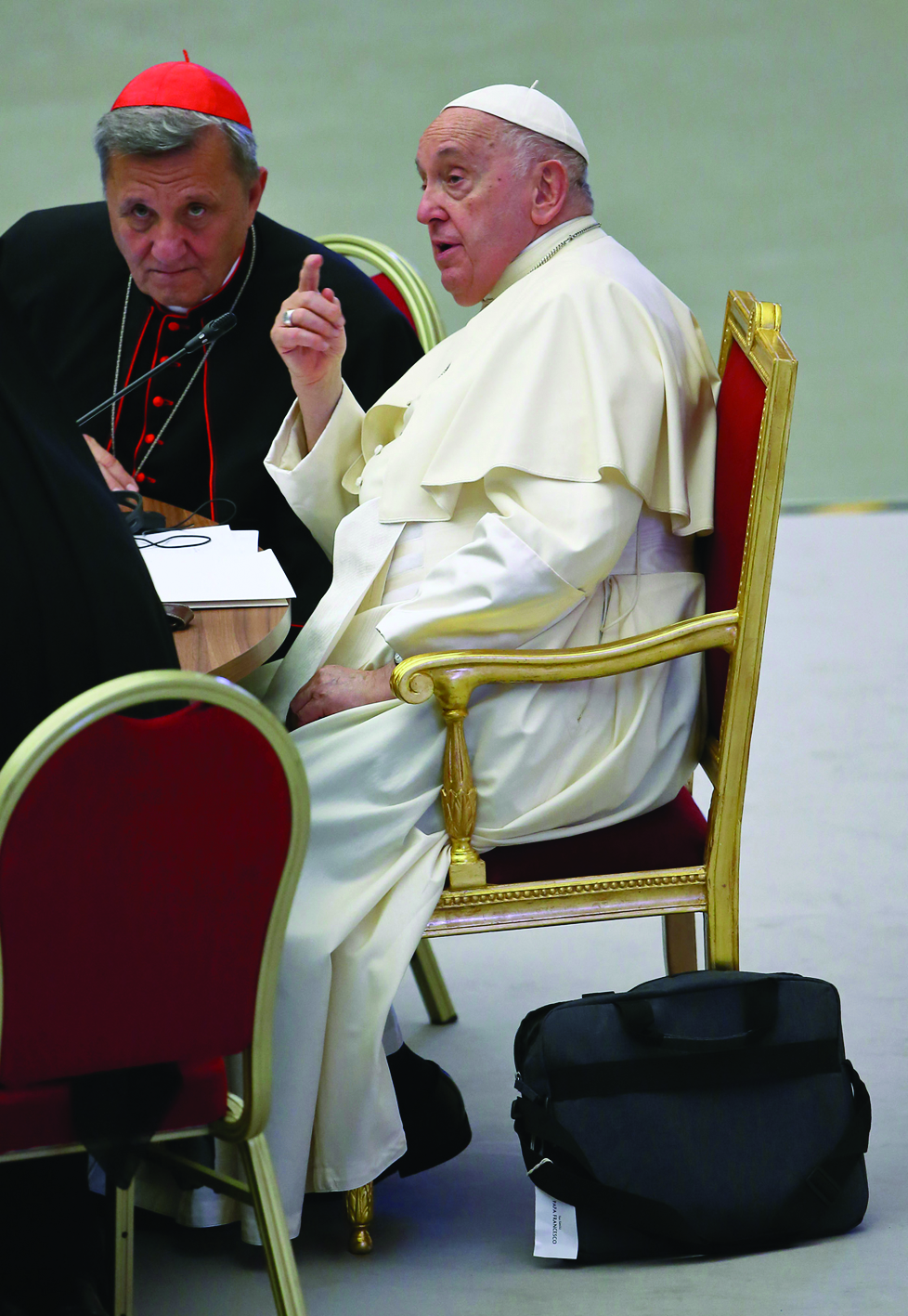
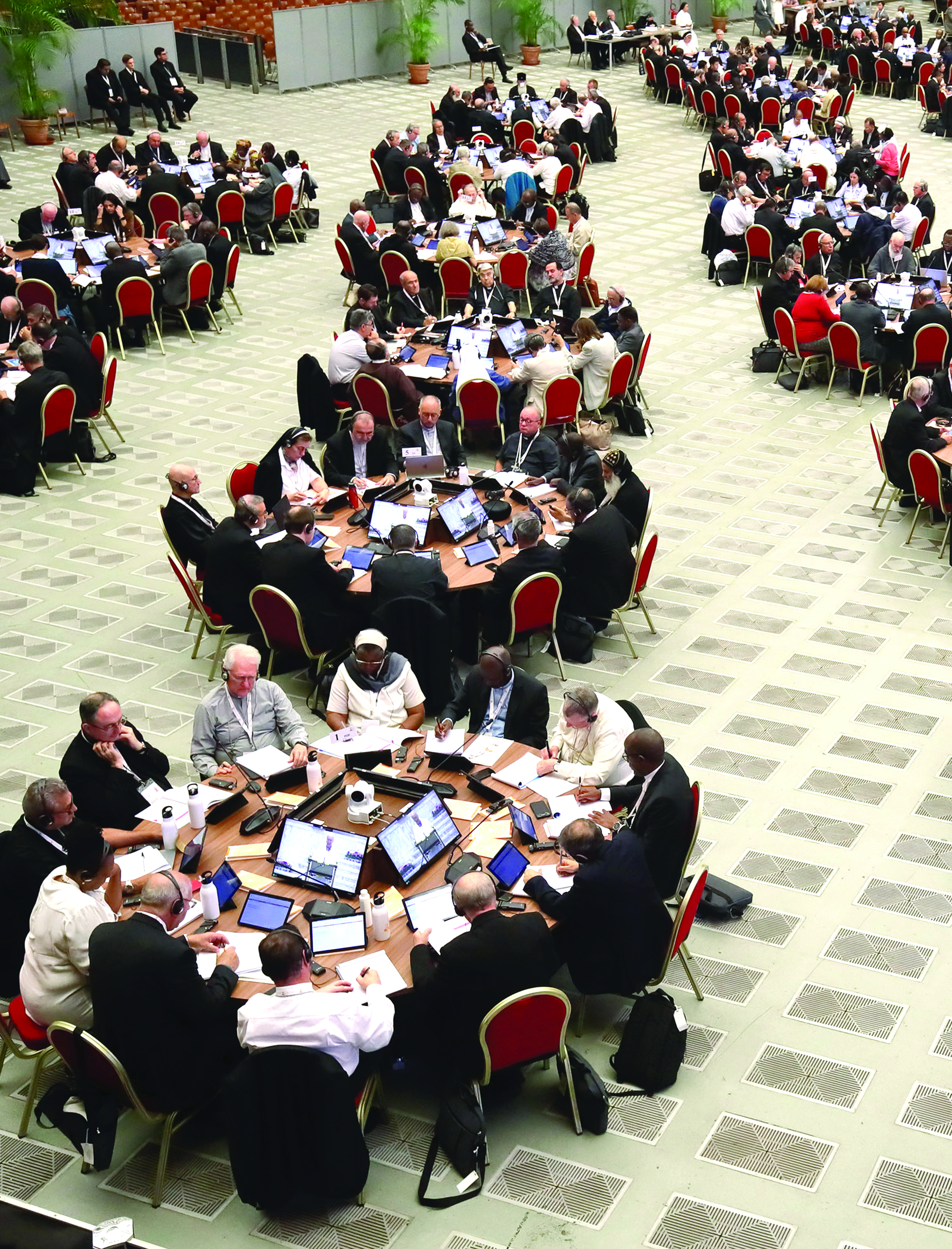
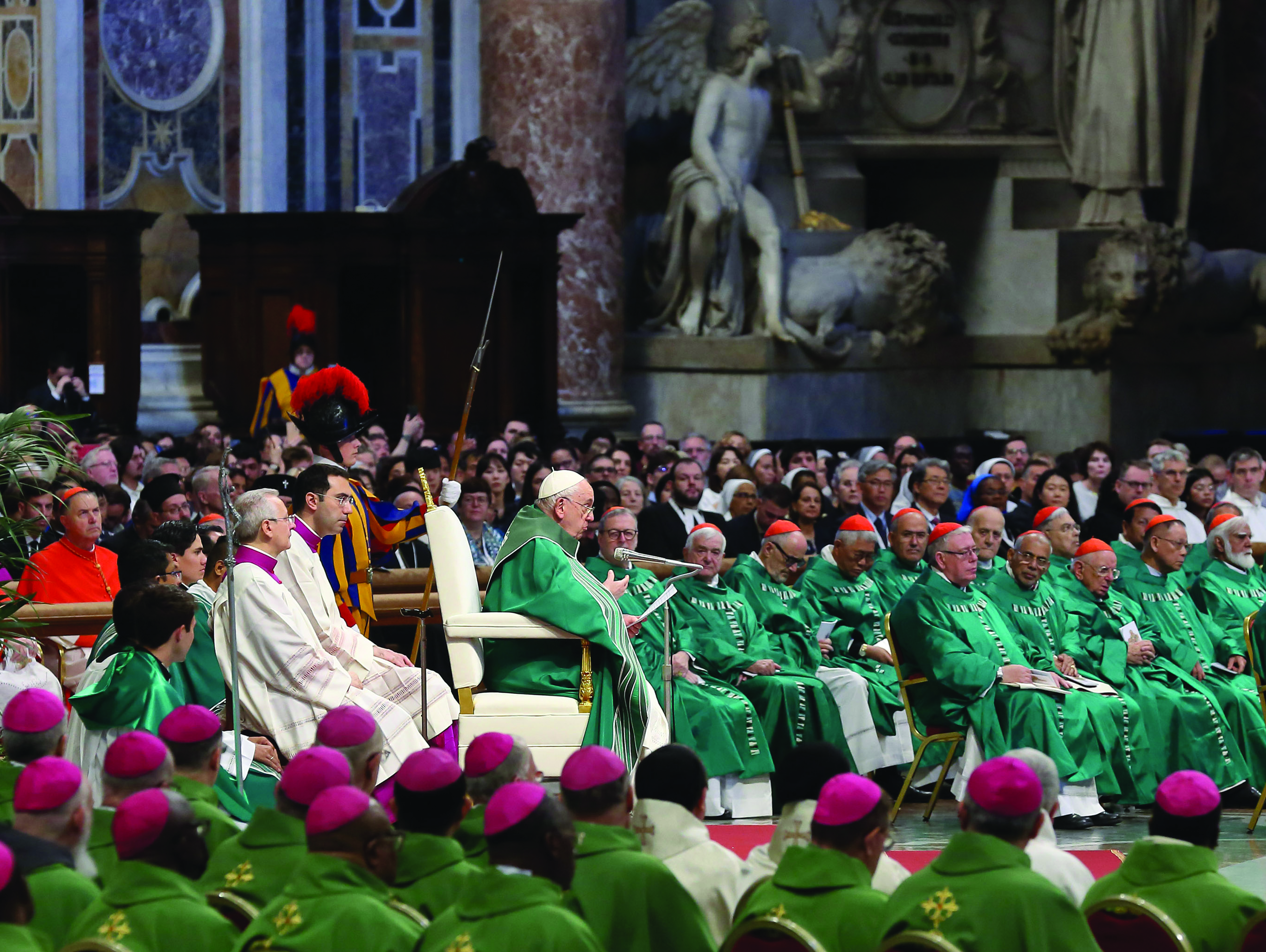
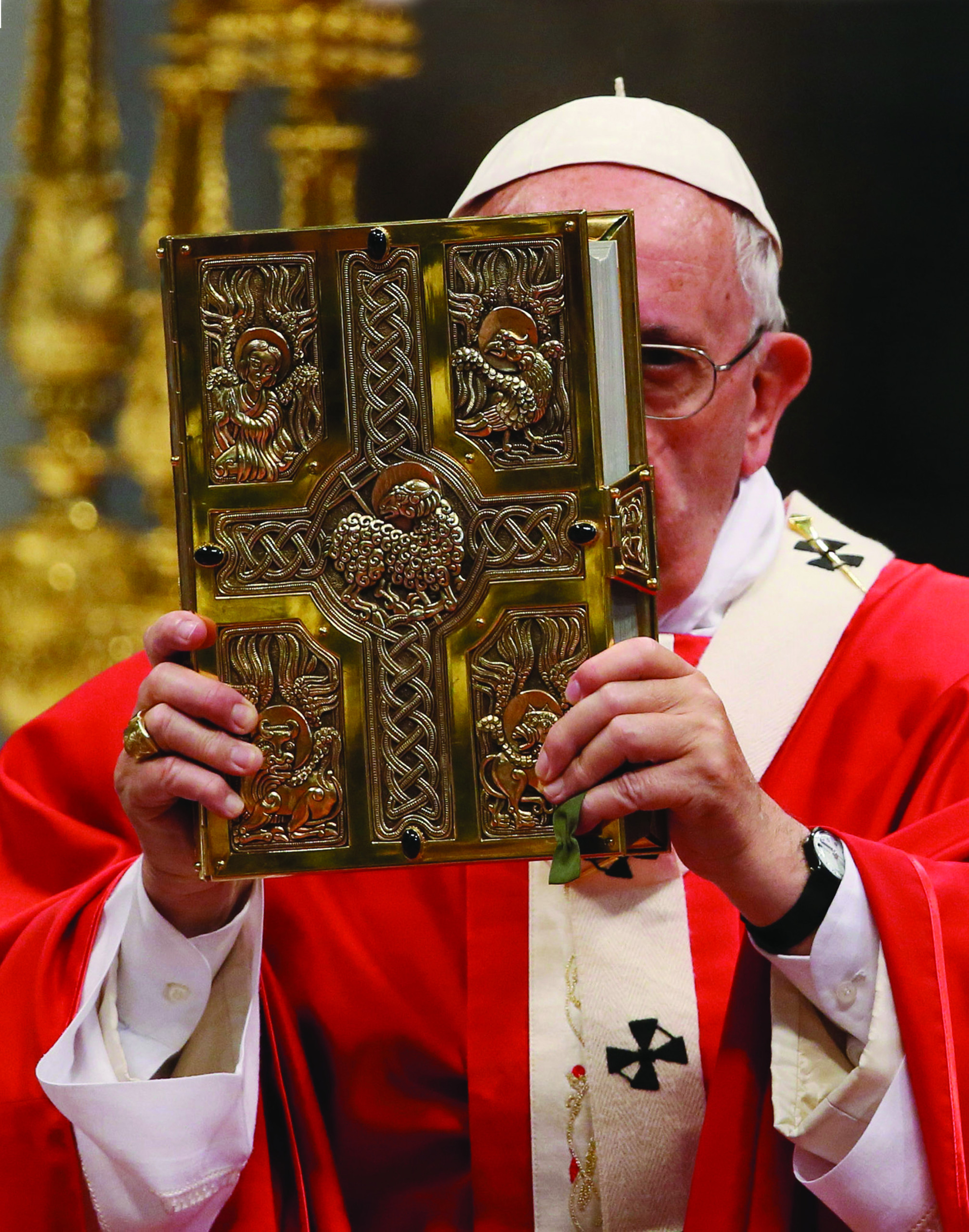
Facebook Comments